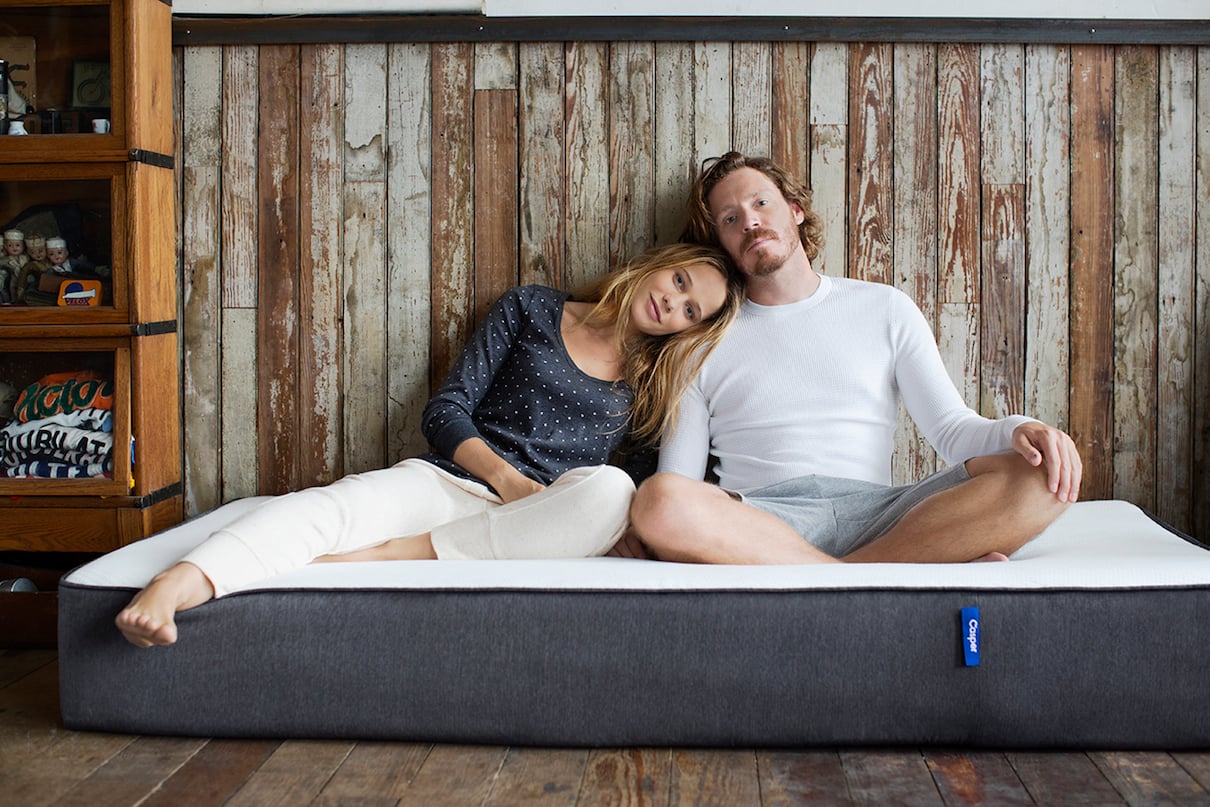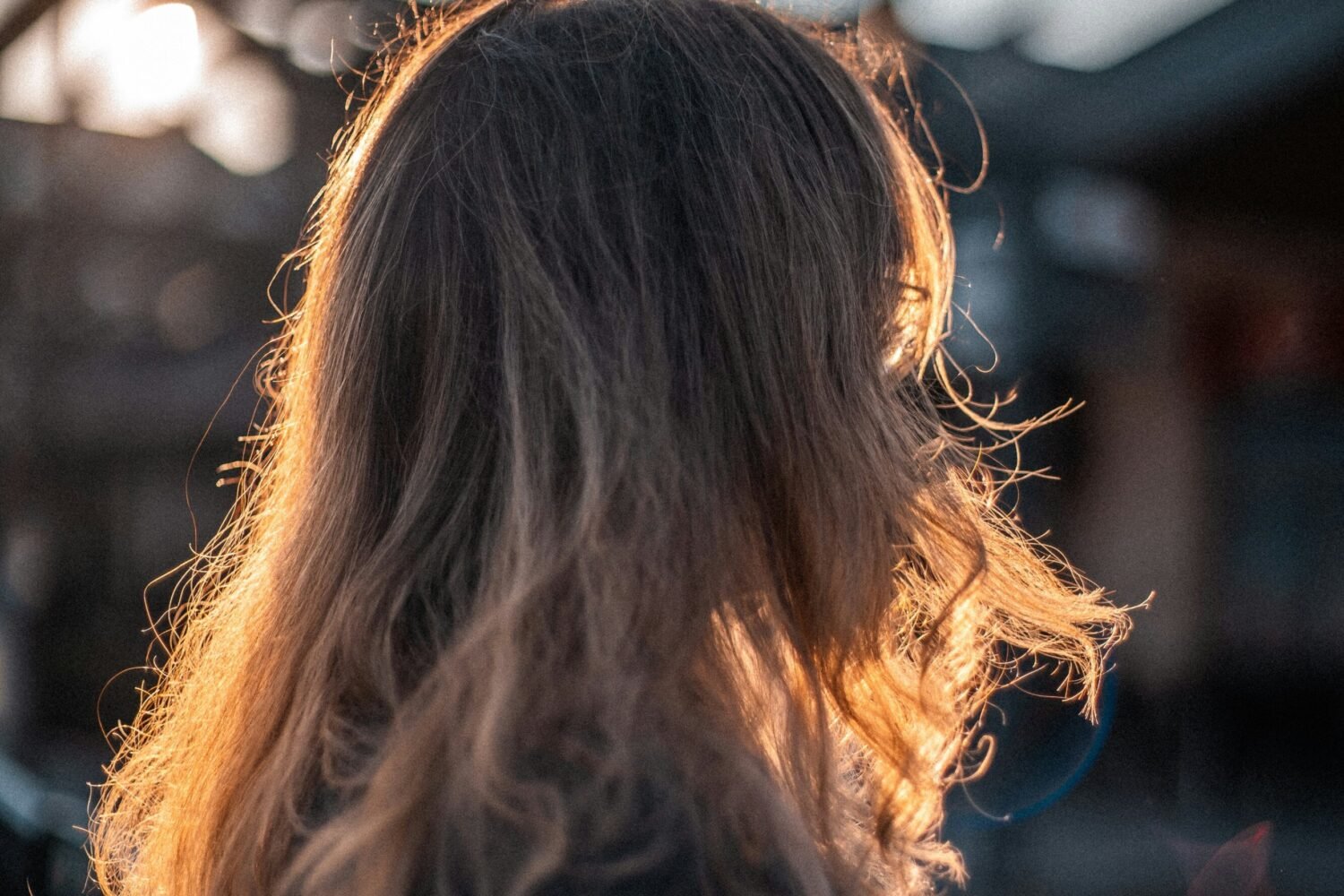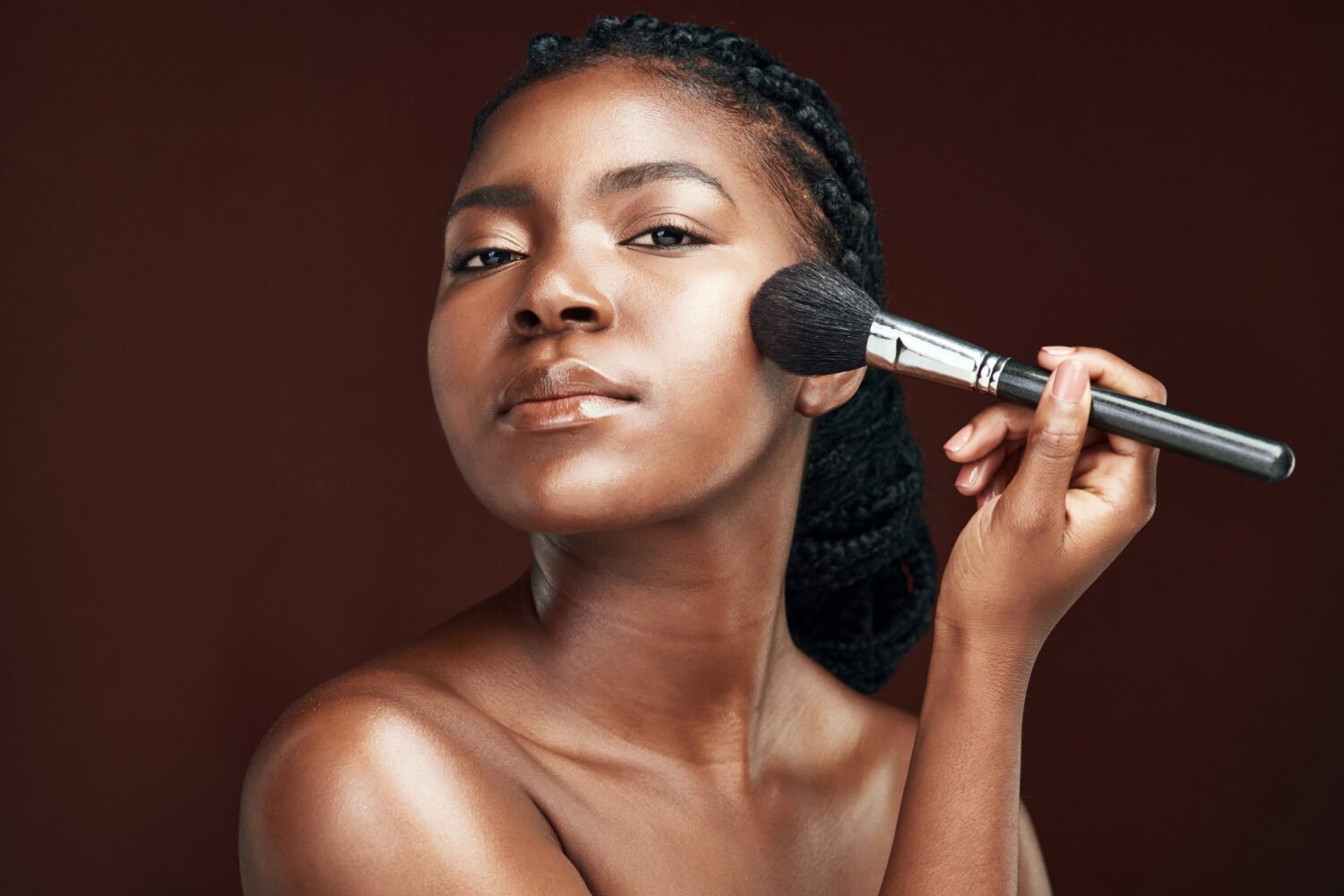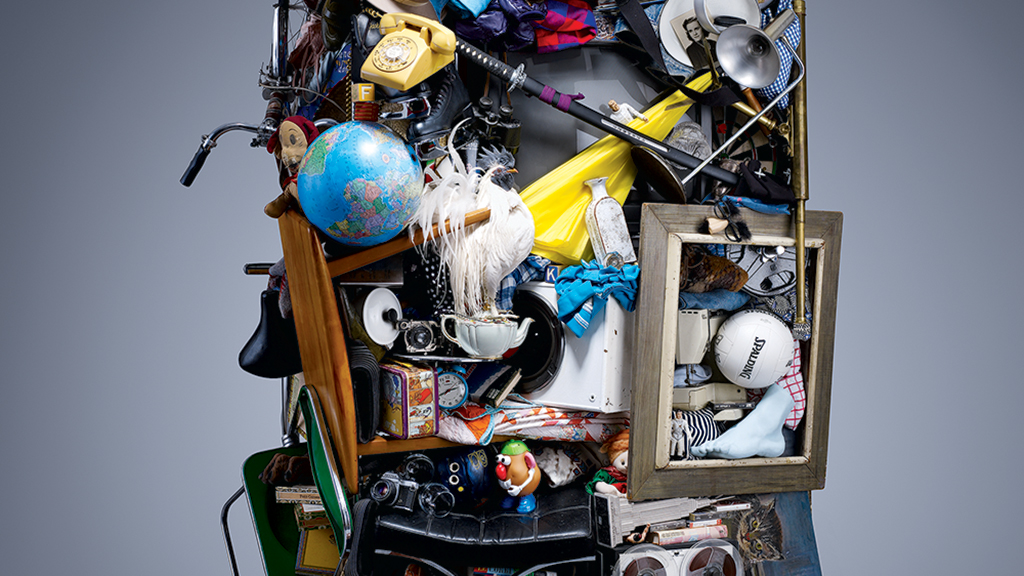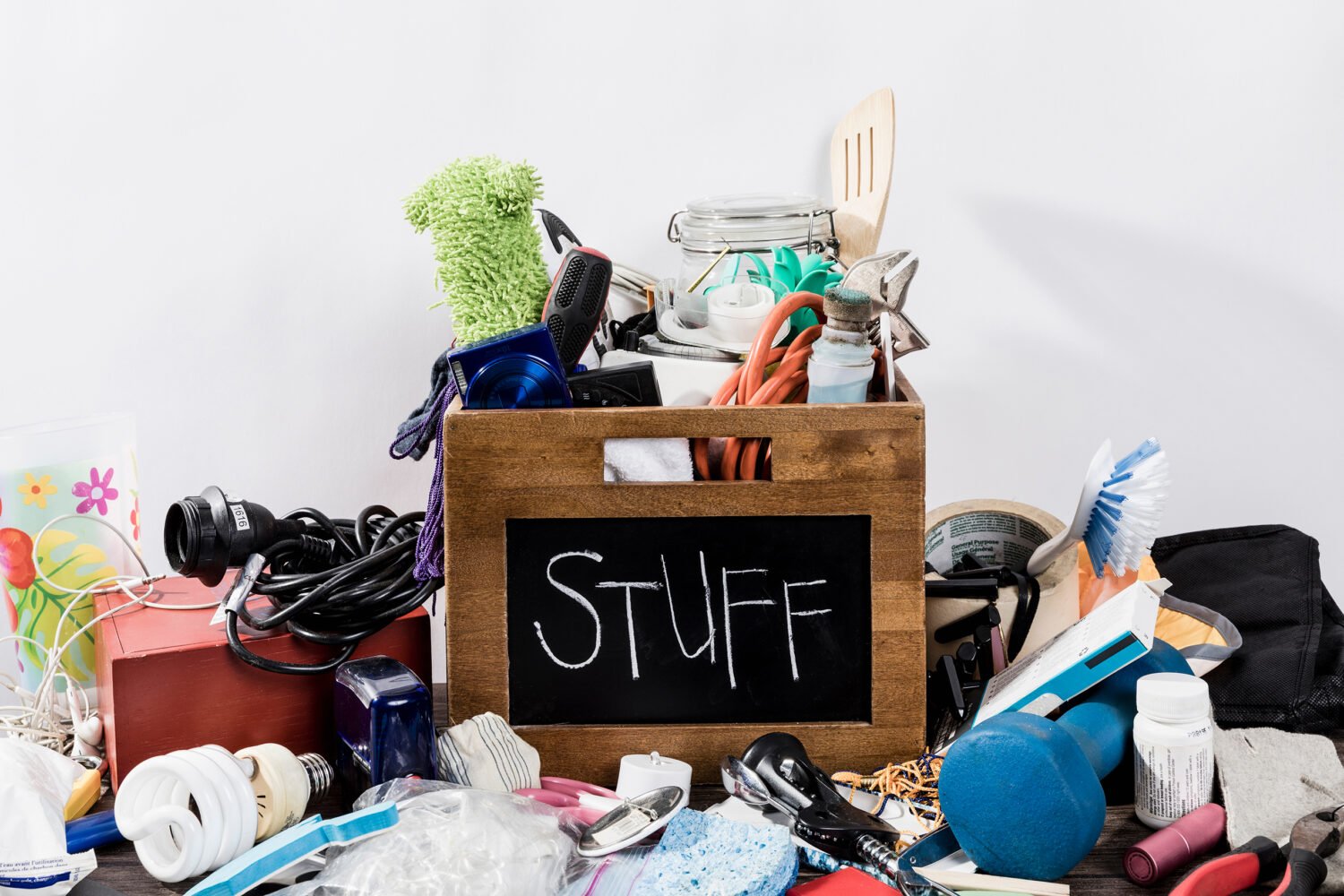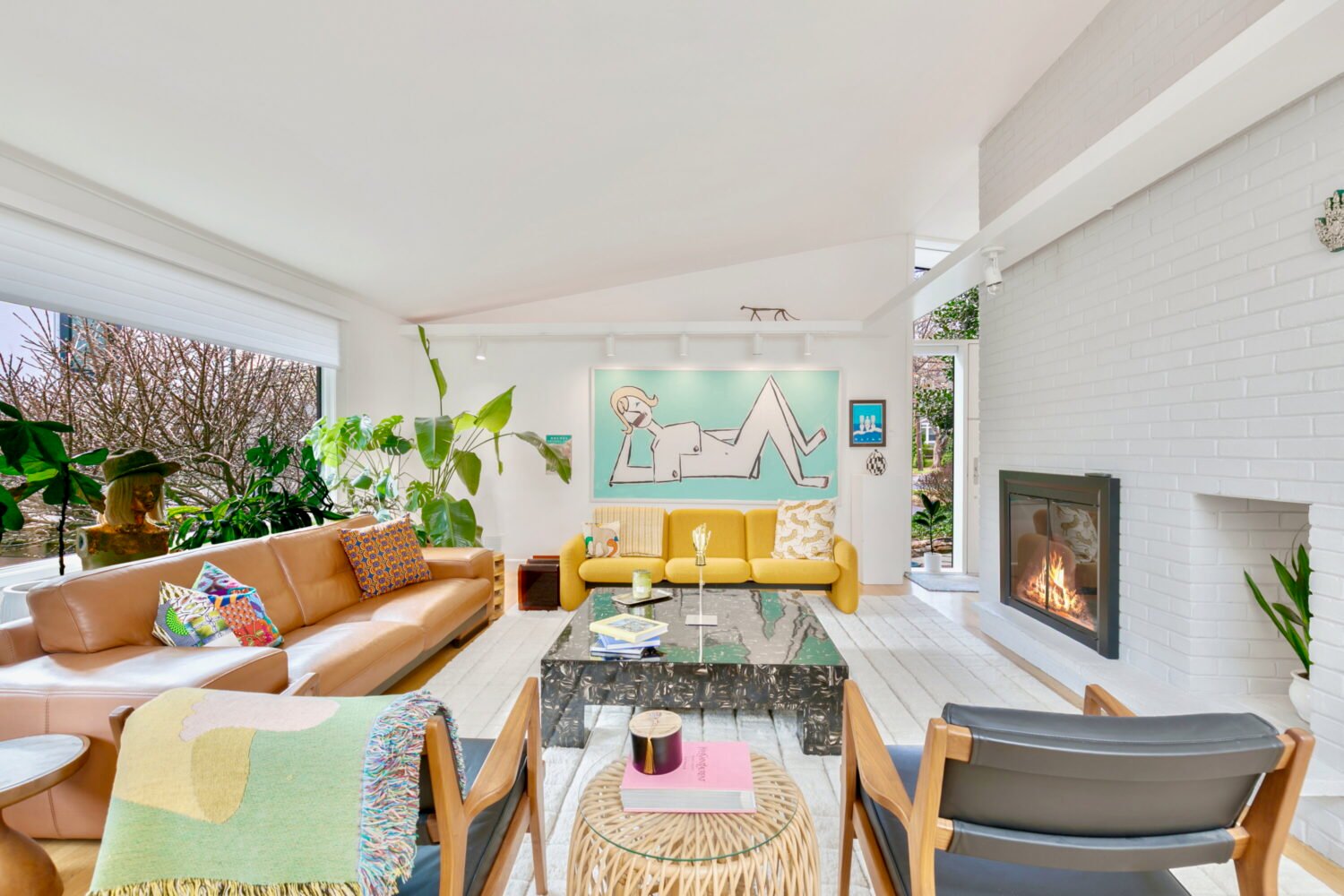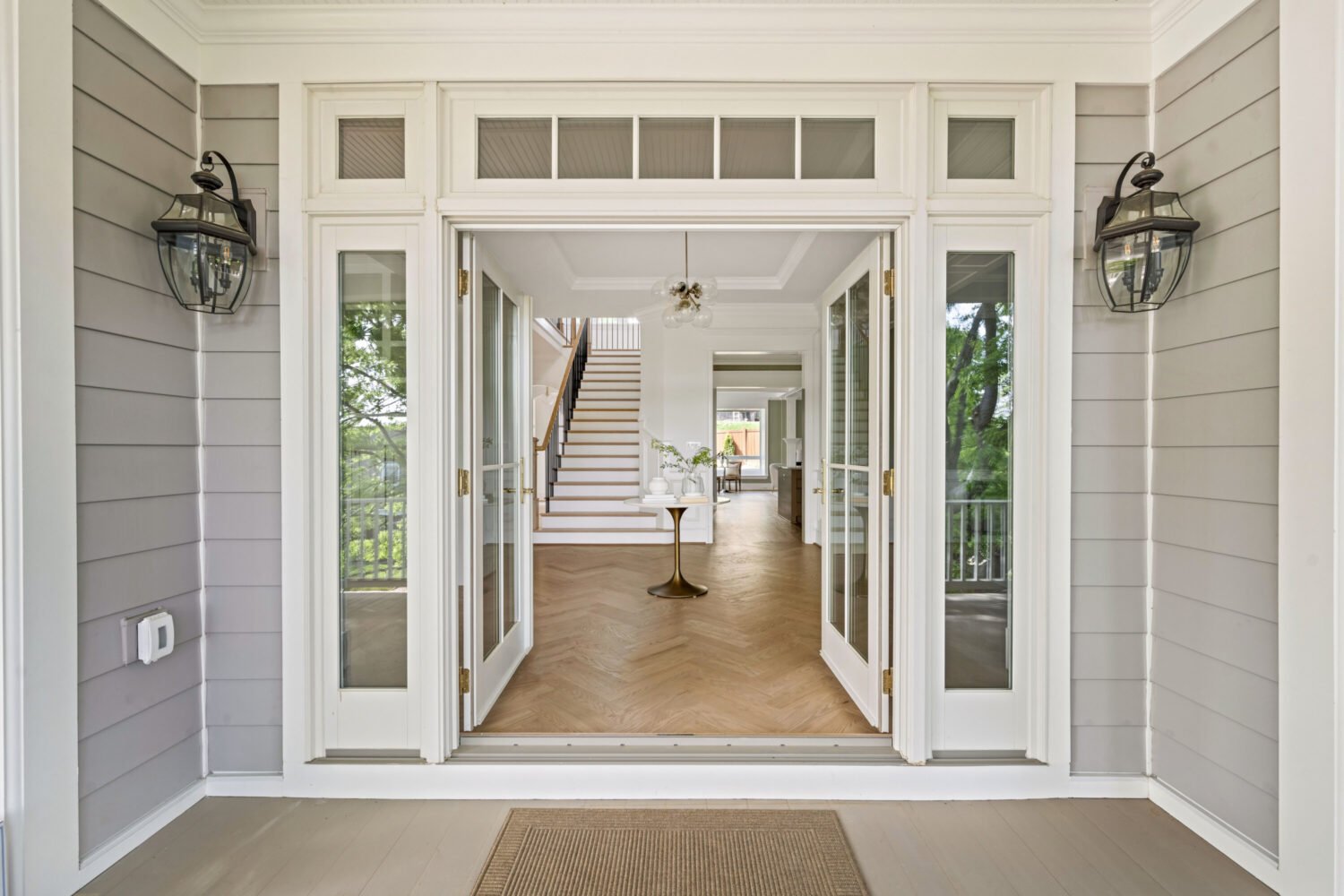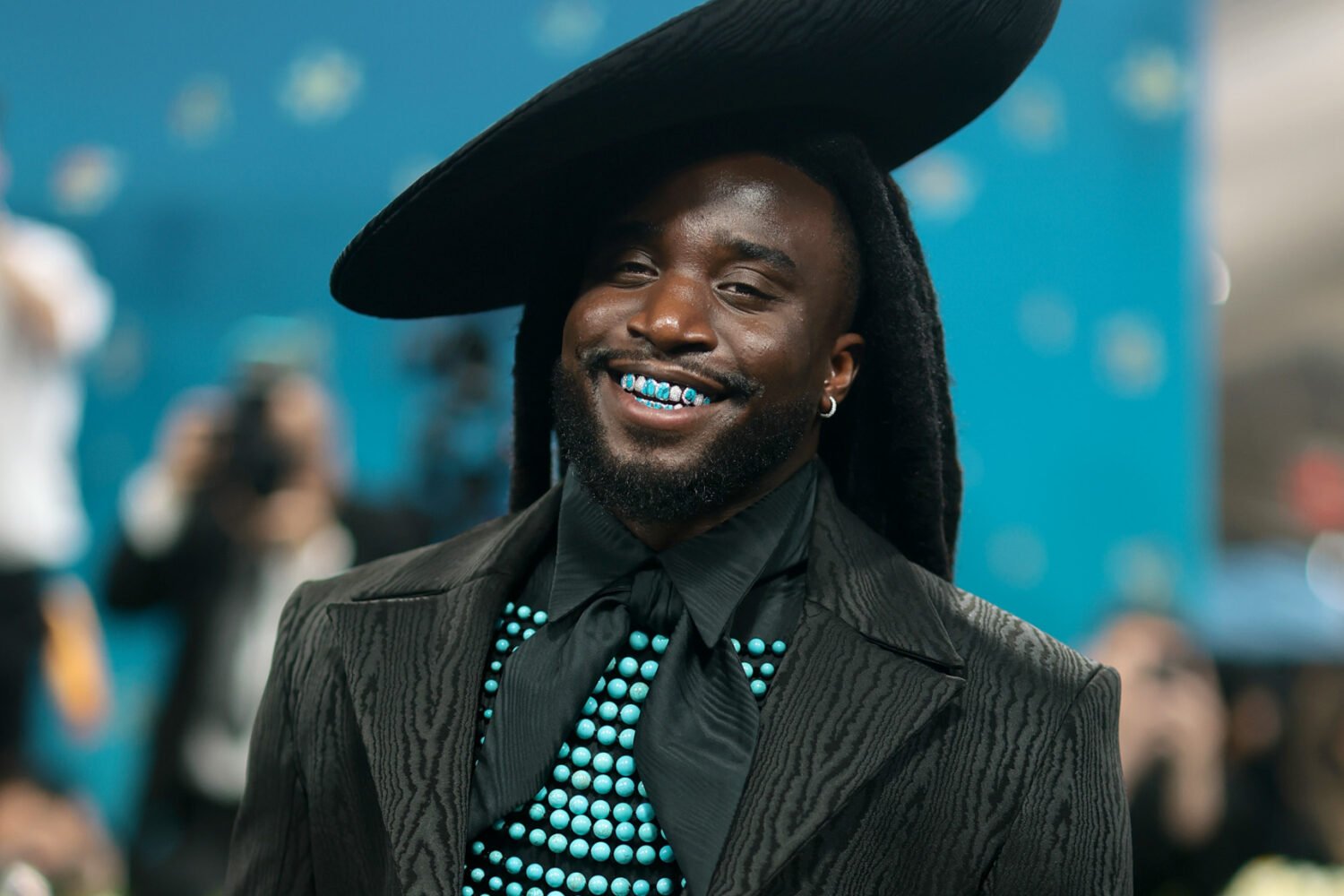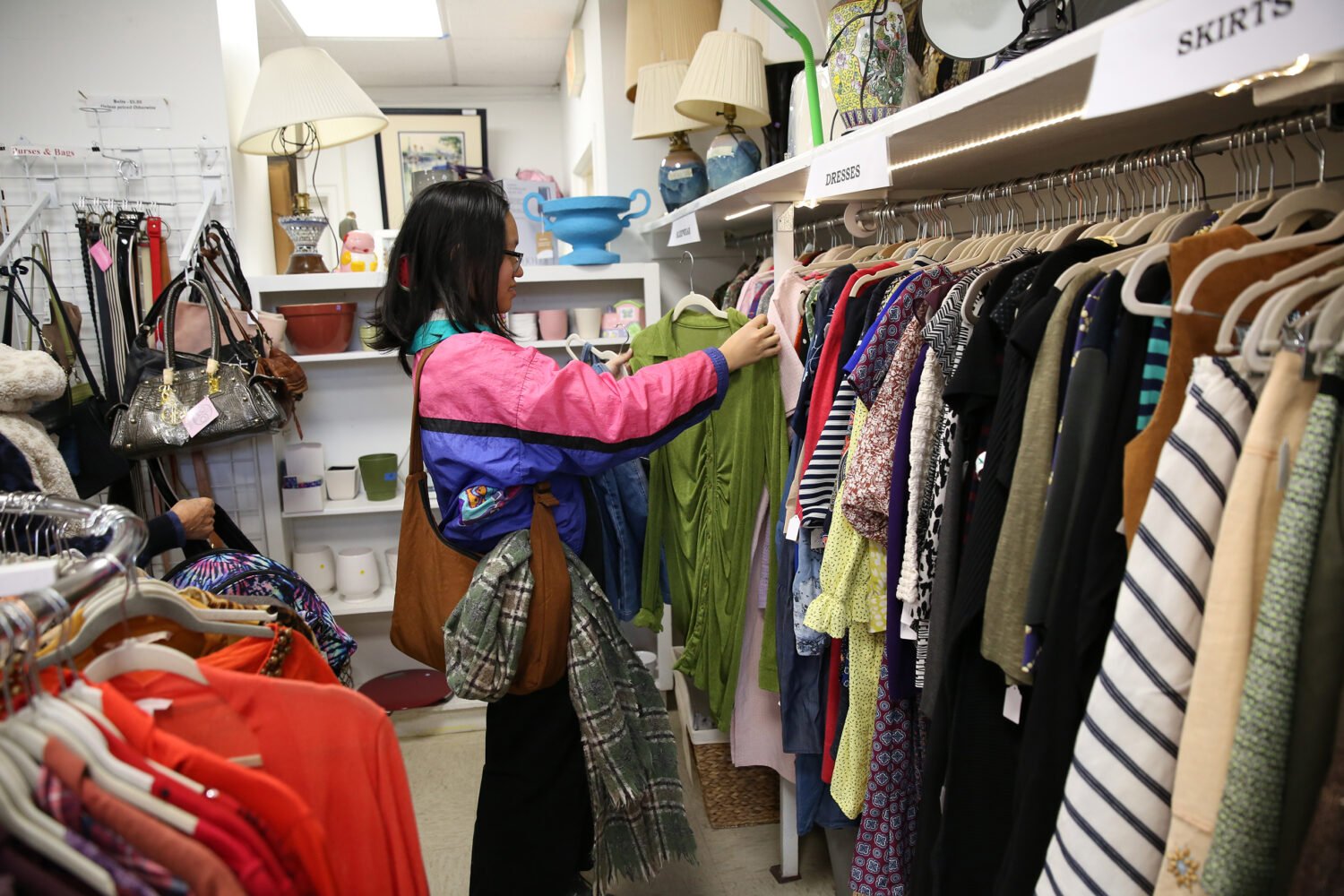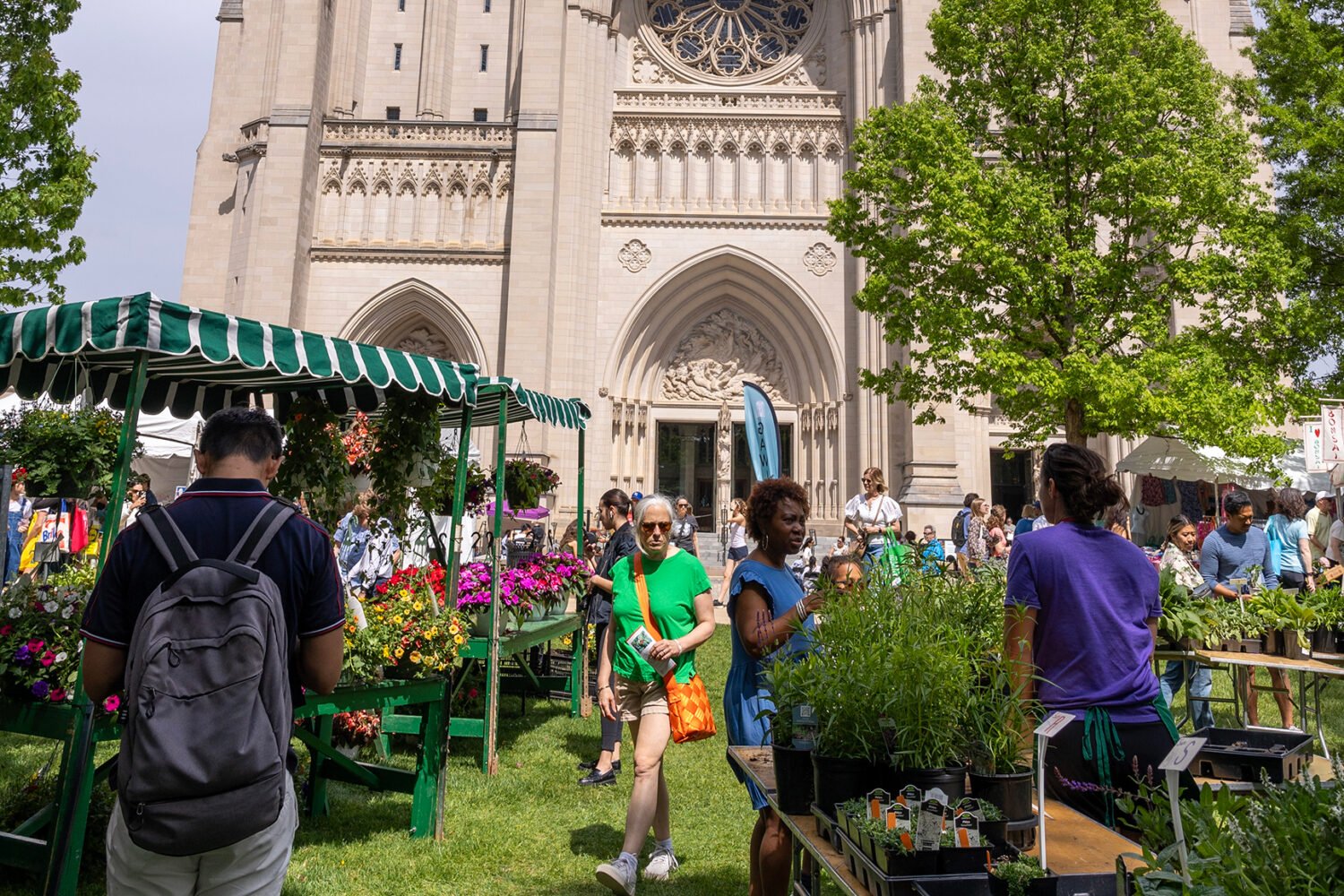On Wednesday night, I wandered down a dimly lighted alley in Georgetown past several unmarked doors before I was met by two large bouncers in all black. They checked my name and ushered me up a staircase to a room with wooden black floors and white exposed brick. To my right was a small, flute and accordian-led folk band playing lazy melodies for an audience of one, a woman scrolling through her iPhone. To my left was an open bar serving jalapeño-creme fraiche waffles and coffee-vodka cocktails to a few 20-somethings.
I was there to nap in public.
A startup called Casper was hosting its first “Snooze Bar,” an event to pitch its high-tech mattress. The 54-person company, which hopes to disrupt the existing model of purchasing sleep surfaces, operates two showrooms in New York and Los Angeles. Here at Cady’s Alley, Casper had set up two rustic-looking tents with beds inside, as well as mattress “couches” in a few spots. The company offers six sizes of the Casper, with the Queen going for $850 and a twin for $500. Each white-and-gray mattress comes in a modest-sized box that is delivered to your front door.
I was greeted by Casper’s director of experiential marketing, Monica Brouwer, who told me the company is “disrupting the industry as a whole by not only thinking about the mattress industry, but thinking about how folks sleep.”
What Casper offers is “about a lot more than a mattress,” said Jenna Klebanoff, the company’s director of retention marketing and another organizer of the event. “We’re looking to lead a sleep awareness movement.”
Sleep awareness can lead to awareness of other types of movement, Klebanoff said. “There are times when people will reach out to us and they will flat-out ask how the bed is for this or that.” Apparently the mattress’s latex layer gives it the right kind of bounce.
When I tried the mattress, I found it indeed luxurious: foamy, cushy, just the right amount of firmness and sink. But I felt weird hogging the whole tent in a sleep-themed party in the middle of Georgetown on a Wednesday night. I later tried to get in a restful position on the mattress couch near my tent, but the nearby vodka bar made it hard to nod off.
The party also provided guests with access to an artist who drew interpretations of dreams. Rose Jaffe (daughter of Washingtonian editor-at-large Harry Jaffe) drew and painted on Casper-themed napkins. When I told her about a hypothetical dream involving a unicorn version of Washingtonian editorial fellow Harrison Smith galloping around Washington, she gladly drew a caricatured rendering of my reverie.
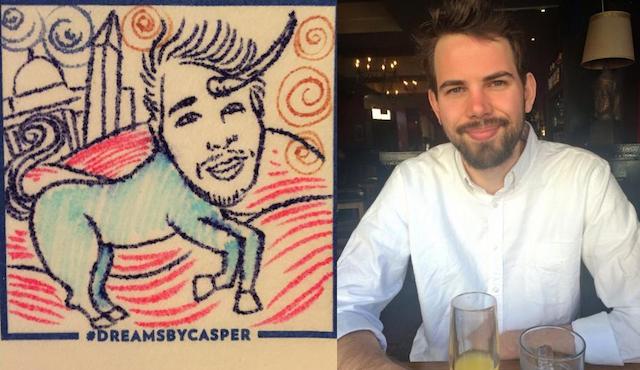
Next to Jaffe was an elaborate device being used to make custom pillowcases for Snooze Bar attendees.
Casper also gave out “Shuteye Journals” that included haikus (“Never getting up: A possibility so real. But having to pee.”) and a long list of “boring things” that could help put one’s mind at rest (“Petroleum jelly, a majestic dam, insurance, introductory paragraphs, gravel, eating beans out of a can”).
As I left, a woman handed out Casper-branded slippers. I walked back down the alley holding my unicorn drawing and slippers, ready to go home and dream about majestic dams.

